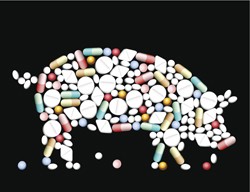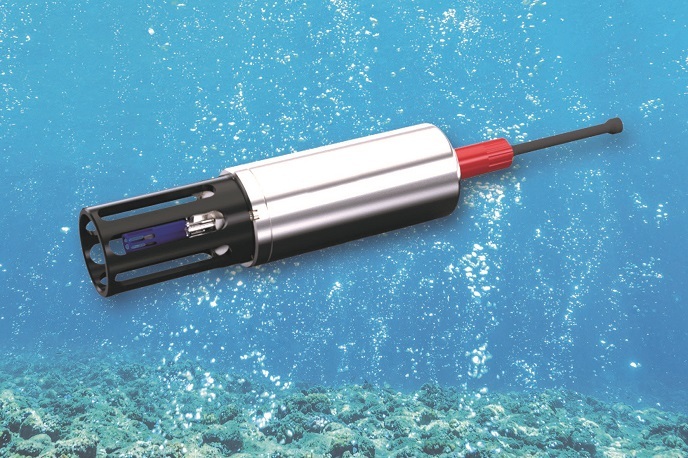Sensing antibiotics in our environment
Antibiotics are excessively used in the livestock production industry for veterinary therapy. A substantial proportion of these compounds is excreted unaltered in the urine and faeces of treated animals. This implies that the manure used as fertiliser in many land applications may be rich in antibiotics and antibiotic residues with serious health implications. The increasing emergence of antibiotic resistance and hypersensitivity has alerted authorities. In 2006, the EU banned the feeding of all antibiotics and related drugs to livestock for growth promotion purposes. To maintain citizen health, sensitive monitoring methods for antibiotics are urgently required. Scientists on the EU-funded project 'Sol-gel materials synthesis and characterization for optical sensing' (SOLGELSENS) proposed the use of optical sensors as alternatives to chromatographic methods of analysis. They focused on developing hybrid films composed of silica oxide and polyelectrolytes (PE) as well as nanostructured and nanosized materials for antibiotic detection especially tetracycline. They employed sol-gel technology to generate such hybrid materials and dye-conjugated materials for detecting volatile organic compounds such as formaldehyde. With respect to antibiotic detection, PE-silica hybrid films exhibited promising properties for optical sensors. Immobilisation of Europium complexes was also considered for the luminescent detection of antibiotic residues. To enhance the sensor adsorption capacity and resistance, researchers utilised various surfactants during the organic coating production. Cyanine dyes incorporated on the surface of the silica matrix further improved the detection sensitivity of the sensor through photoluminescence. To extract traces of tetracycline from aqueous solutions, functionalised ferrous oxide magnetic nanoparticles were prepared. This method provided a simple and selective approach for directly monitoring the levels of tetracycline in solution. Collectively, the SOLGELSENS project offered important technical knowledge on molecular imprinting technology and hybrid silica materials for optical sensor applications. Implementation of the project deliverables in antibiotic detection applications will improve the overall safety of food and water.







